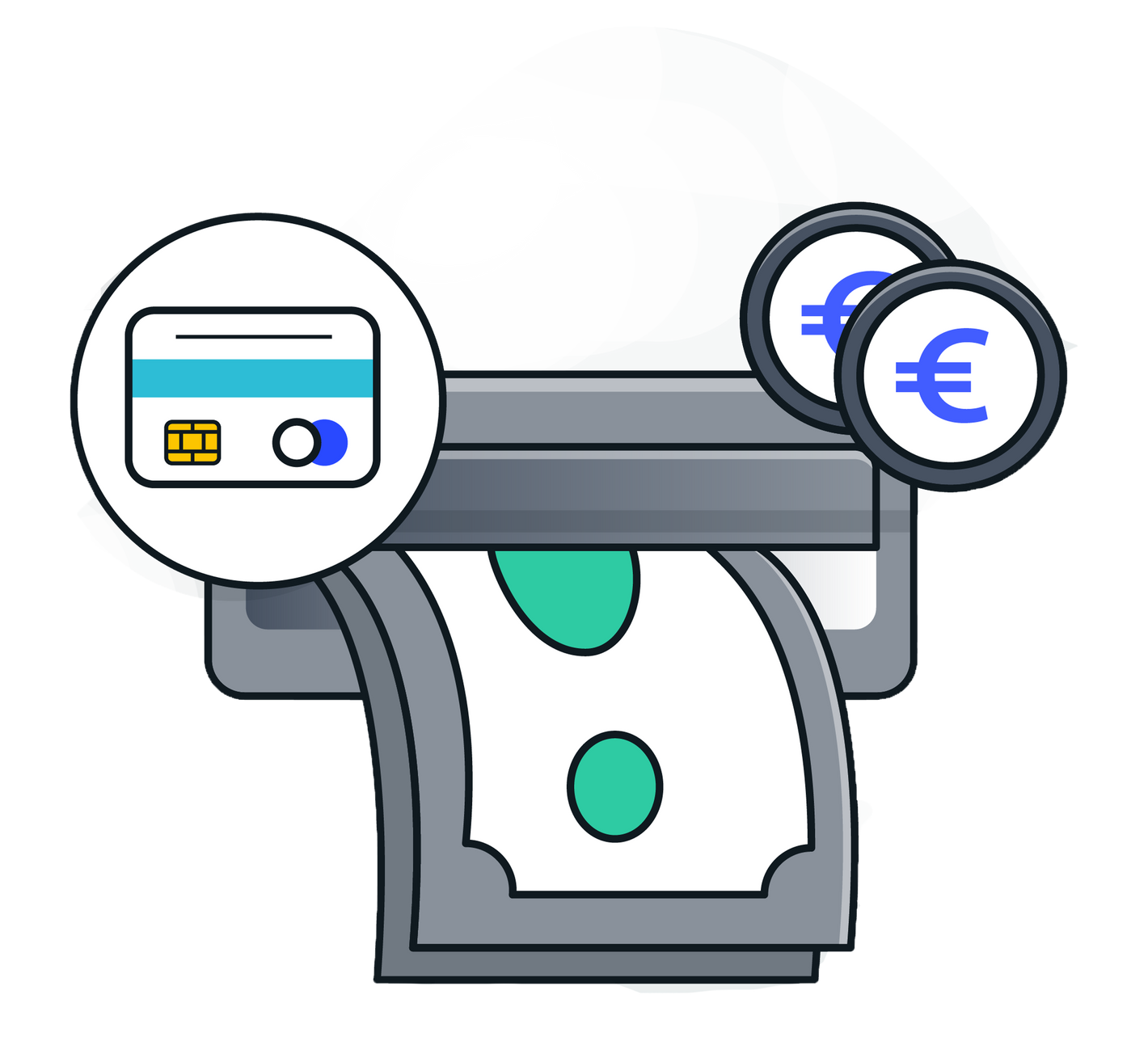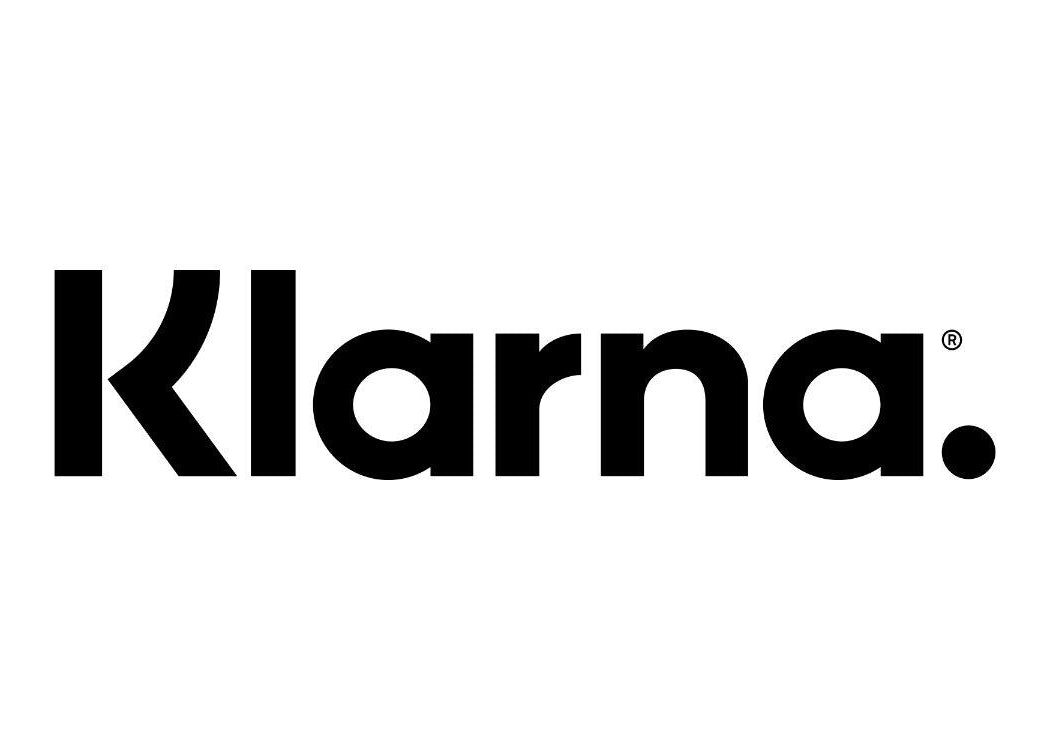Saving options
Saving options

bit DMI is a digital interface for MOST systems that allows to connect the Audison bit processors and the Audison amplifiers equipped with a digital input to OEM multimedia systems in vehicles equipped with the MOST technology based on fiber optics. Thanks to the digital connection, the signal can be transmitted without any loss of quality, leaving the audio controls built into the OEM head unit, such as volume, balance and tone controls, as well as the hands-free system, the navigation system and the parking sensor warnings, unchanged.
CHARACTERISTICS
- MOST optical input The Audison bit DMI is connected to the multimedia system via an optical fiber.
- Optical TOSLINK output The interface has an optical S/PDIF output for transmitting audio data in stereo PCM 16bit format, 44.1kHz/48kHz (depending on the system) for use with Audison products with digital input.
- Digital control1 USB/Mini B (2.0) for connection to your PC.
- ConfigurationUsing USB and the appropriate software, the Audison bit DMI can be programmed and updated to work with vehicles equipped with MOST technology.
- Start Controls The interface automatically switches on and off when the vehicle's MOST system is activated or deactivated and generates the remote-out signal.
- Integration with the OEM source Volume, balance and tone controls are retained, as are service signals from the audio system, such as the hands-free system, navigation system and parking sensors.
- bit DMI softwareWindows-based (Win2000, XP, Vista, Windows 7, Windows 8).
Wie wird das Audison bit DMI in ein Fahrzeug mit MOST-Technologie integriert?
Wie wird das Audison bit DMI in ein Fahrzeug mit MOST-Technologie integriert?
Welche Audioformate unterstützt das Audison bit DMI?
Welche Audioformate unterstützt das Audison bit DMI?
Wie erfolgt die Konfiguration des Audison bit DMI?
Wie erfolgt die Konfiguration des Audison bit DMI?
Welche Vorteile bietet der optische TOSLINK-Ausgang des Audison bit DMI?
Welche Vorteile bietet der optische TOSLINK-Ausgang des Audison bit DMI?
Funktioniert das Audison bit DMI mit allen OEM-Multimediasystemen?
Funktioniert das Audison bit DMI mit allen OEM-Multimediasystemen?
Sind Software-Updates für das Audison bit DMI erforderlich?
Sind Software-Updates für das Audison bit DMI erforderlich?
Welche Steuerungsfunktionen bleiben beim Audison bit DMI erhalten?
Welche Steuerungsfunktionen bleiben beim Audison bit DMI erhalten?
Wie wird das Audison bit DMI im Fahrzeug montiert?
Wie wird das Audison bit DMI im Fahrzeug montiert?
Kann das Audison bit DMI mit jeder Audison-Endstufe verwendet werden?
Kann das Audison bit DMI mit jeder Audison-Endstufe verwendet werden?
Welches Zubehör wird benötigt, um das Audison bit DMI einzusetzen?
Welches Zubehör wird benötigt, um das Audison bit DMI einzusetzen?
Herstellerinformation/verantwortliche Person
Herstellerinformation/verantwortliche Person
Product specifications
Manufacturer
Product type
Features
Highlights
- Optical TOSLINK output: transmission in stereo PCM 16-bit format.
- MOST optical input: Connected via fiber optic cable.
- USB/Mini B (2.0) control: connection to PC for software updates.
Uvp
Weight
Technical data
Datenblatt










